Succulent is a type of plant known for its fleshy leaves and stems. They are also known for their ability to thrive in low water conditions, making them a popular choice for indoor plants. A succulent flower produces colorful flowers, adding a pop of color to any indoor space. These plants are relatively easy to care for, requiring very little water and maintenance. Succulent flowers come in various shapes, sizes, and colors, making them a versatile choice for any home decor.
Table of Contents
Types of Flowering Succulent Plants
Many types of succulent plants are flowering, including aquaria, agaves, aloe vera, and hibiscus cacti. These plants are known for their ability to store water in their stems and leaves and often have colorful flowers that bloom in spring or summer. Succulents are known for their easy care and low maintenance, making them a great choice for gardeners and indoor plants.
There are many types of flowers, each with its unique characteristics. Some of the most popular types of flowering succulent plants include:

Echeveria: Echeveria is a genus of succulent plants native to Mexico and Central America. They are known for their beautiful, rose-shaped leaves and come in a variety of colors, including green, blue, and purple.

Sedum: Sedum is a large genus of succulent plants that includes over 600 species. They are native to Europe, Asia, and North America. Sedum plants are known for their fleshy, often sharp leaves and come in a variety of colors, including green, red, and yellow.
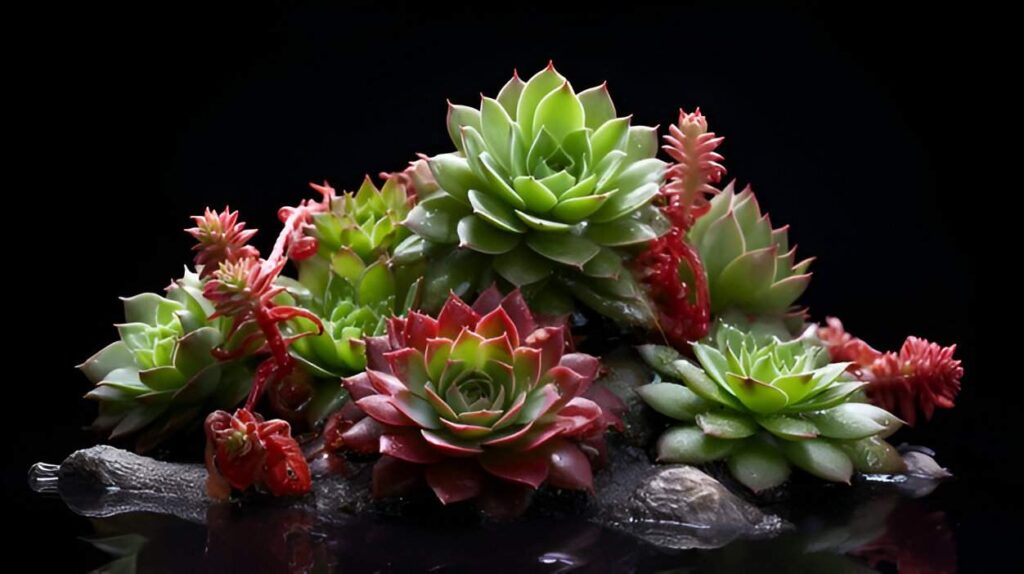
Sempervivum: Sempervivum is a genus of succulent plants native to Europe and Asia. They are known for their ability to withstand extreme conditions such as cold temperatures and drought. Sempervivum plants have dense, fleshy leaves that are often arranged in rosettes.
Flowering succulent plants are relatively easy to care for and make excellent houseplants. They need well-draining soil and bright light, but they don’t need frequent watering.
Pro Tip: If you want to learn more about Succulent Plants in-depth, follow the link…..
Most Beautiful Succulent plants
The most beautiful succulents are characterized by their attractive leaf shapes, vibrant colors, and low water requirements. Some of the most amazing succulents include Echeveria, Aloe Vera, Sedum, Pachira aquatica (Water Spider Plant), Jade Vine, and various cacti species. These plants are perfect for adding interest and depth to any indoor or outdoor space, making them a great choice for succulent gardens, windowsills, and patios. Their beauty comes from their fleshy leaves that glisten in the sunlight and their ability to store water, which allows them to survive in dry environments.
Here are some of the most captivating succulents:

Echeveria Dusty Rose
This succulent has leaves that look like roses, making it pretty
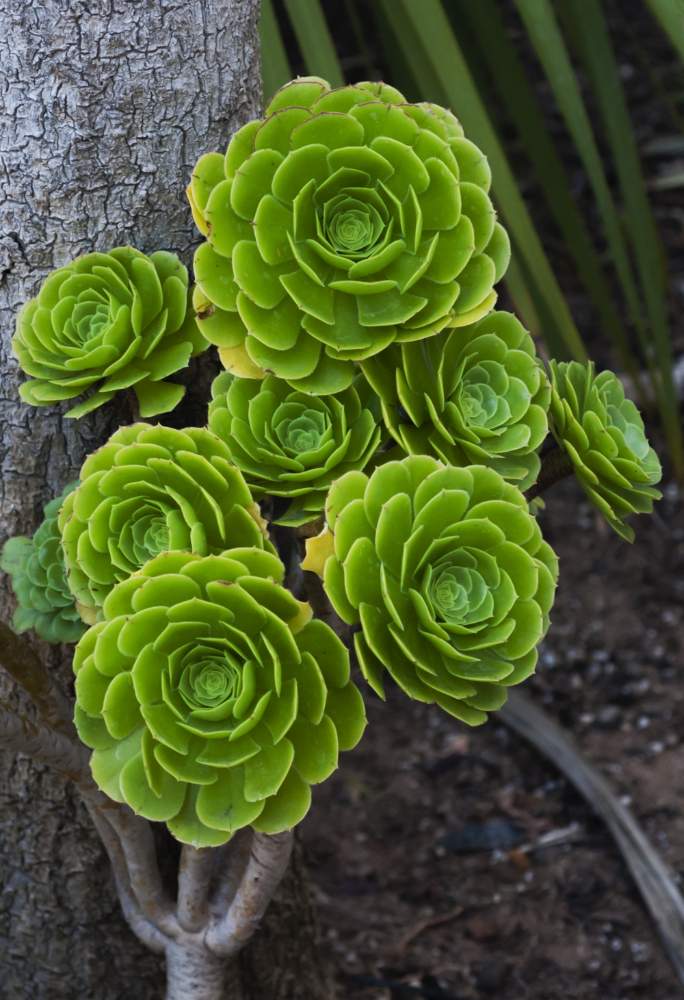
Tree Aeonium
It’s a succulent that grows like a little tree, which is cool.
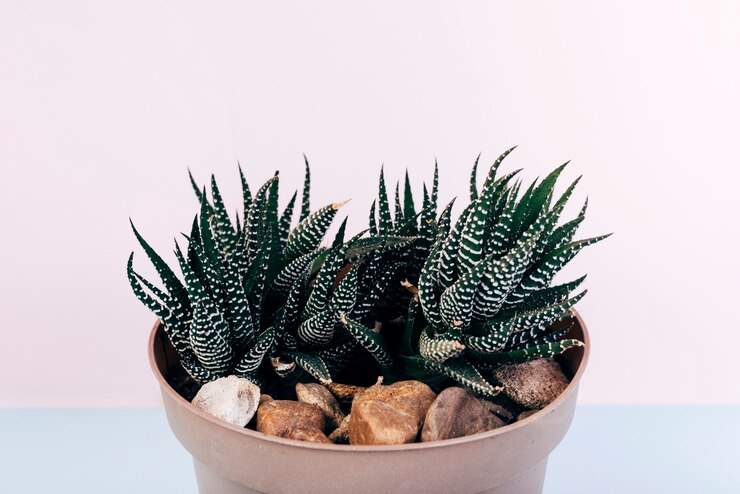
Zebra Haworthia
This succulent has stripes like a zebra, which makes it look exotic and charming.

Jade Plant
It’s a popular succulent with lush, fleshy leaves that can grow in different conditions.

Colourful Succulents
These succulents come in bright colors like yellow, red, and orange, adding a lot of liveliness to your collection.
Care for these flowering succulent plants includes well-draining soil, bright indirect light, and occasional watering to prevent overwatering. With proper care, these wonderful succulents can flourish and bring joy to any environment.
Indoor Flowering Succulent Plants Types
Indoor flowering succulent plants are a popular choice for those who want to add some greenery to their home without sacrificing too much space or light. These plants thrive in bright, indirect sunlight and require minimal watering. They come in a variety of colors and shapes, making them a versatile choice for any room. Popular succulents for indoor use include Echeveria, Jade, and Pothos.
Some popular types of indoor flowering succulent plants include:

Kalanchoe
Known for vibrant and long-lasting flowers, Kalanchoe is a popular choice for indoor gardens. It comes in a variety of colors and is relatively easy to maintain.

Delosperma (Ice Plant)
It produces succulent colorful flowers and is easy to grow. It is known for its ability to spread and form a dense mat of plants, making it an excellent choice for ground cover or container gardens.

Echeveria
These succulents are prized for their rose-shaped foliage and occasional flowers. They come in a wide range of colors and are popular for their ornamental value.
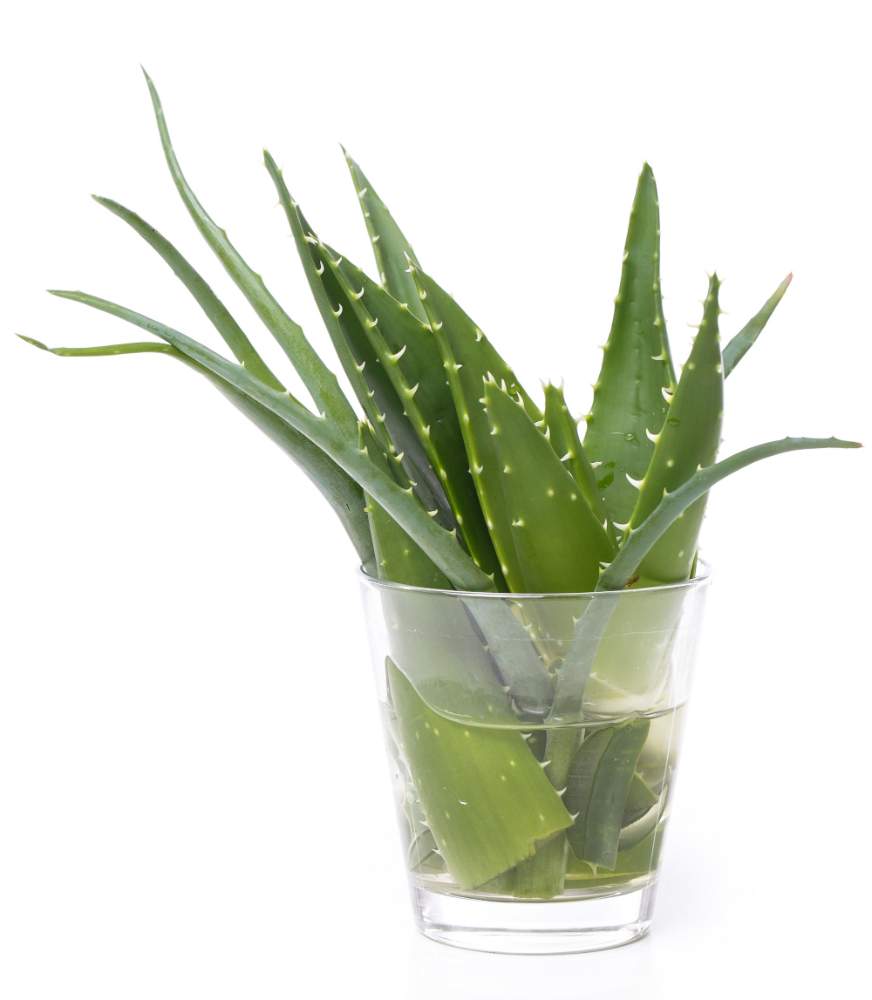
Aloe Vera
In addition to its well-known medicinal properties, aloe vera can produce tall flower spikes indoors under the right conditions. This is a low-maintenance plant with striking, architectural foliage.

Crown of Thorns (Euphorbia milii)
This succulent is known for its colorful bracts and can thrive indoors. It is a resilient plant that can tolerate dry indoor conditions and produces eye-catching flowers.
These succulents not only add beauty to interiors with their flowers but also require minimal maintenance, making them ideal for beginners.
Pro Tip: If you want to learn more about Curtain Ideas for Modern Home Decor, Follow the Link…
Outdoor Flowering Succulent Plants Types
Outdoor flowering succulent plants are a great addition to any garden or landscaping project. These plants are low maintenance, drought tolerant, and come in a variety of vibrant colors and textures. Some popular outdoor succulent flowering plants include aquaria, agave, and aloe vera. These plants can be grown in containers or planted in the ground and generally require full sun exposure and well-drained soil. If cared for properly, outdoor succulents can add beauty and color to any outdoor space year-round.
There are countless varieties of outdoor flowering succulent plants, each with its unique characteristics and appeal. Some popular types include:

Sedum
Sedum is a large genus of succulents known for its star-shaped flowers in a variety of colors, including pink, white, and yellow. These are low-growing plants that form dense mats, making them excellent ground covers.

Echeveria
Echeverias are rose-shaped russets with thick, fleshy leaves that come in a variety of shapes and colors. They produce spectacular, vibrant flowers that rise above the foliage.

Sempervivum
Sempervivums, commonly called hens and chicks, are hardy succulents that form dense clusters of small rosettes. They produce clusters of star-shaped flowers in shades of pink, purple, and white.

Dillosperma
Dillosperma is a low-growing, spreading succulents that produce daisy-like flowers in a variety of colors, including pink, orange, and purple. They are perfect for rockeries and cascades for retaining walls.
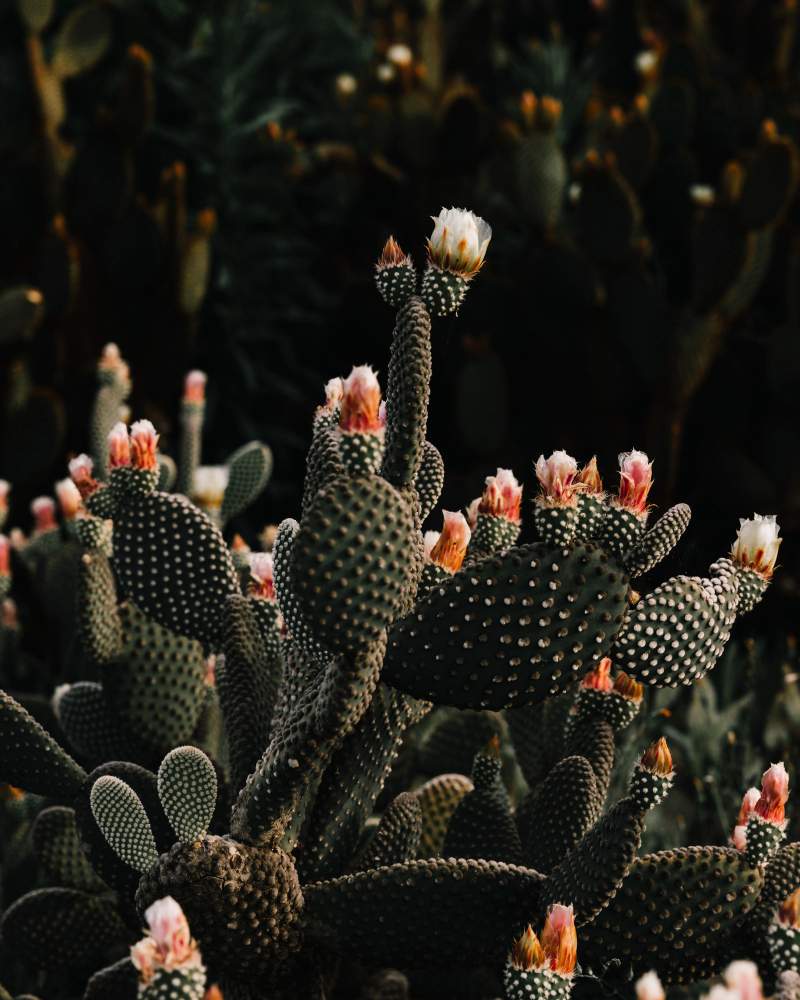
Opuntia
Opuntias, commonly known as prickly pears, are large succulents with flat, separated pads covered in spines. They produce beautiful, bright flowers in shades of yellow, orange, and red.

Crassula
Crassulas, including the popular jade plant, are diverse succulents with different shapes and sizes. They produce clusters of small star-shaped flowers in white, pink, or red.
These are just a few examples of the many outdoor flowering succulent plants available. With their diverse shapes, colors, and adaptations to different climates, these plants can add beauty and interest to any outdoor space.
Flowering Succulent Plants Identification
Many Flowering succulent plants, although similar in size and leaf shape, can be distinguished by their unique flowers. Identifying flowering succulent plants can be difficult, but there are a few key characteristics to look for:
1. Leaves:
Shape: Succulent leaves come in a variety of shapes such as round, star-shaped, elongated, or even pointed. Some common flowering succulents with unique leaf shapes include jade plant (rounded leaves), string of pearls (pearl-like leaves), and crown of thorns (spiked leaves).
Color: While many succulents are green, flowering varieties can boast vibrant colors like red, purple, and blue. For example, aquaria come in different colors like blue, pink, and orange.
2. Flowers:
Color: Succulent flowers come in a stunning array of colors, including yellow, orange, pink, red, and purple. Look for star-shaped, bell-shaped, or trumpet-shaped flowers. Popular flowering succulents include aloe vera (orange flowers), jade plant (pink or white flowers), and kalanchoe (yellow, orange, or red flowers).
Bloom Time: Some succulents bloom seasonally, while others bloom year-round. Knowing the opening hours can help narrow down the possibilities. For example, the crown of thorns usually blooms in spring, while the jade plant blooms in winter.
3. Growing habit:
Rose form: Many flowering russets grow in a rose form, with leaves growing outward from a central point. Echeveria and sempervivum are good examples.
Trailing or cascading: Some succulents, such as pearls and pearls, tend to grow back or cascade. These can be especially stunning when decorated with flowers.
By considering these characteristics, you can confidently identify your flowering succulent plants and learn how to best care for their continued growth and blooms.
Red Flowering Succulent Plants
Many wonderful succulents boast vibrant red flowers, adding fiery beauty to your home or garden. Here are some popular options to consider:
- Flaming Katy Kalanchoe: This cheerful succulent features clusters of bright red, orange, or yellow blooms atop its glossy green leaves. It’s a long-lasting bloomer and thrives in bright, indirect sunlight.
- Christmas Cactus: A holiday classic, the Christmas cactus produces stunning red or pink flowers in late fall and winter. It prefers cool temperatures and well-drained soil.
- Torch Aloe: This amazing succulent boasts tall spikes adorned with tubular orange-red flowers. It is a low-maintenance plant that tolerates drought and full sun.
- Red Hedgehog Cactus: This adorable cactus produces clusters of tiny red flowers that resemble, you guessed it, a hedgehog! It is a slow-growing plant that enjoys bright light and occasional watering.
- Mezoo (Aptenia cordifolia): This trailing succulent cascades over containers or edges with its vibrant red flowers. It’s a fast-growing plant that thrives in full sun and well-drained soil.
These are just a few examples of the many red-flowering succulents available. With their diverse shapes, sizes, and bloom colors, they’re sure to add a touch of personality and pizzazz to any space.
Yellow Flowering Succulent Plants

Yellow flowering succulent plants are a type of succulent that produces yellow flowers. These plants are popular for their ability to thrive in a wide range of temperatures and light conditions. They have thick, fleshy leaves that store water, making them drought-tolerant. Yellow flowering succulents are available in a variety of shapes, sizes, and colors, and are often used in landscape designs or as container plants. Some common yellow flowering succulents include echeverias, sedum sexangulare, and Alyssum millefolium.
Large Flowering Succulent Plants

Large-flowered succulents are a type of plant that produces large, colorful flowers and are part of the succulent family. These plants are known for their ability to store water in their leaves and stems, making them suitable for arid or semi-arid climates. Some popular large-flowered succulents include Dutch Windsors, Exotic Bird’s Bloom, and Cape Vermilion. These plants usually bloom in spring or summer and need full sunlight and well-drained soil to thrive.
Cultivating Flowering Succulent Plants: A Beginner’s Guide
Cultivating flowering succulents can be an enjoyable and rewarding experience. Here are some basic steps to get you started:
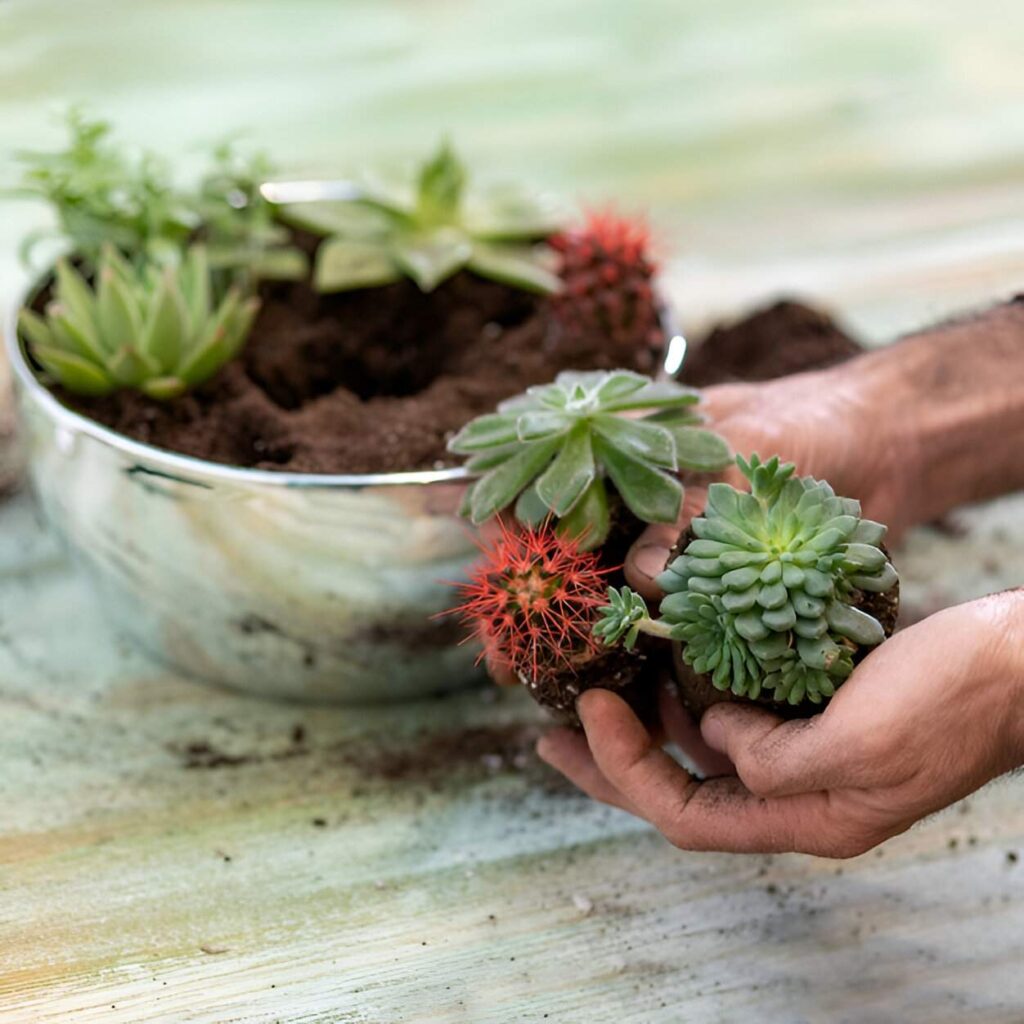
- Choose the Right Succulents: Select succulents known for their flowering capabilities, such as Echeveria, Kalanchoe, or Sedum.
- Provide Adequate Light: Most succulents require plenty of sunlight to bloom, so ensure they receive at least 6 hours of sunlight per day.
- Watering: Succulents generally prefer infrequent watering, so be sure not to overwater. Allow the soil to dry out between waterings.
- Well-Draining Soil: Use a well-draining soil mix to prevent root rot and provide the right conditions for healthy growth and blooming.
- Temperature and Humidity: Succulents thrive in warm, dry conditions, so try to maintain a temperature range of 65-90°F and avoid excessive humidity.
- Fertilization: Use a balanced fertilizer during the growing season to promote flowering, but be cautious not to over-fertilize.
- Pruning and Deadheading: Remove spent blooms and dead foliage to encourage new growth and additional flowering.
Remember that each succulent species may have specific requirements, so it’s essential to research the particular needs of the succulents you choose to cultivate.
FAQs
What is the most beautiful succulent plant?
The beauty of succulent plants is subjective, but some popular choices for their aesthetic appeal include Echeveria, Haworthia, and Aloe. Each of these plants has unique characteristics that many people find visually striking.
What soil composition do succulent indoor plants need compared to flowering houseplants?
Succulent indoor plants typically require a well-draining soil mix to prevent waterlogging and root rot. This often involves using a combination of cactus/succulent potting mix with added perlite or coarse sand to improve drainage. In comparison, flowering houseplants may require a more moisture-retentive soil mix to support their blooming and growth.
Can you cut and replant flowering succulent plants?
Yes, it is possible to cut and replant flowering succulent plants. Many succulents can be propagated from cuttings or offsets, allowing you to create new plants from existing ones. Proper care and attention during the cutting and replanting process can help ensure successful propagation.
Which is the best succulent plant?
The “best” succulent plant can vary depending on individual preferences and specific growing conditions. Some popular choices among enthusiasts include Echeveria, Sempervivum, and Sedum for their diverse colors, shapes, and ease of care.
What is the world’s largest succulent plant?
The world’s largest succulent plant is the giant Saguaro cactus (Carnegiea gigantea), native to the Sonoran Desert in the southwestern United States and northwestern Mexico. This iconic cactus can reach heights of up to 40 feet (12 meters) and has a relatively long lifespan.
What is the rarest succulent?
The rarest succulent is often debated due to certain species’ elusive nature and conservation status variations. One contender for the title of rarest succulent is the “Titanopsis schwantesii,” a small, compact succulent native to South Africa known for its unique appearance and limited distribution in its natural habitat.
Which country has the most succulents?
The country with the most succulents is Mexico.

